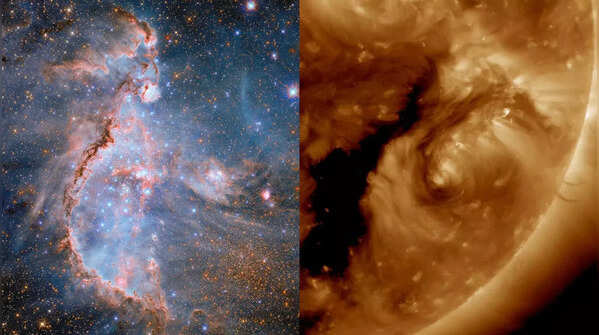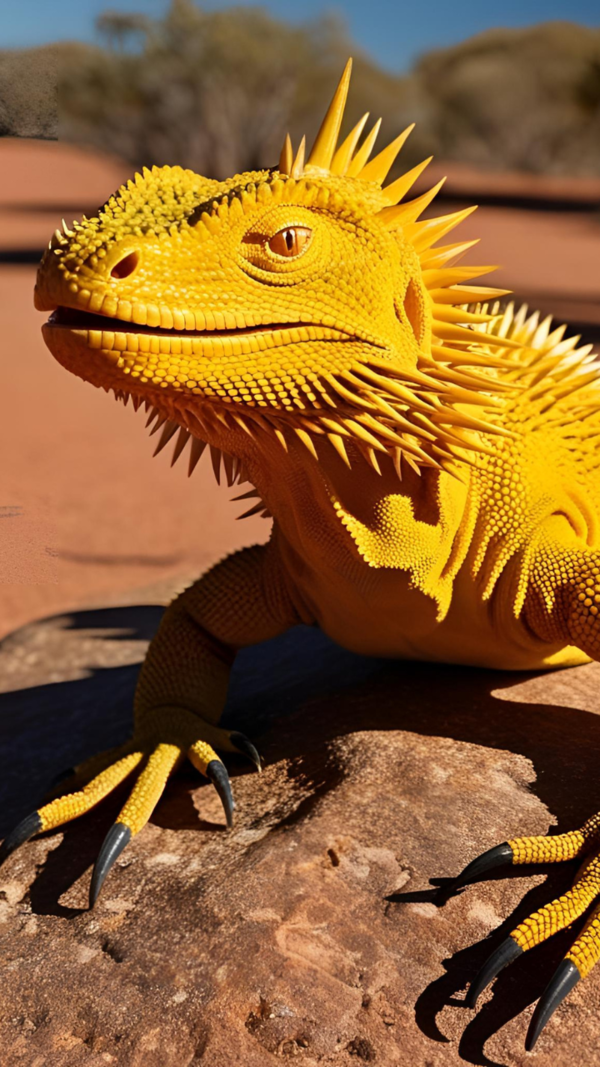10 NASA pictures that would make wonderful phone wallpapers

10 NASA pictures that would make wonderful phone wallpapers
Missing some cosmic intervention in your life lately? How about bringing the cosmos to your fingertips? You can perhaps bring a fresh perspective to your life by simply changing the old wallpaper. How about transforming your phone screen into a window to the cosmos with these breathtaking NASA images? These wallpapers are all real and captured by NASA. Take a look.

Jupiter calling
This image was captured by NASA's Juno spacecraft when it was 11,747 miles (18,906 kilometers) from the tops of Jupiter's clouds. The vibrant swirls and dynamic textures make it a perfect phone wallpaper, and would transform your screen into a window to Jupiter’s wild beauty.

So sunny
NASA’s Solar Dynamics Observatory captured this rare moment of a dark filament encircling an active region on the sun in 2017. These filaments are clouds of charged particles held in place by the Sun’s magnetic fields. The black patch to the left is a coronal hole, where the Sun’s magnetic field is open.

Lost planet
This latest image of the Helix Nebula reveals a white dwarf at its center that may have destroyed a planet, something never seen before. This discovery could finally explain a mysterious X-ray signal detected from the nebula for over 40 years.
Pic credit: X-ray: NASA/CXC/SAO/Univ Mexico/S. Estrada-Dorado et al.; Ultraviolet: NASA/JPL; Optical: NASA/ESA/STScI (M. Meixner)/NRAO (T.A. Rector); Infrared: ESO/VISTA/J. Emerson; Image Processing: NASA/CXC/SAO/K. Arcand

Oh, Jupiter!
This is a color-enhanced image of Jupiter’s southern hemisphere in remarkable detail. This image, captured by NASA’s Juno spacecraft in 2017, featured one of the white ovals in the ‘String of Pearls,’ a series of massive, rotating storms swirling around 40 degrees south latitude. We don’t blame you if you get lost in the beauty of Jupiter.

Shades of sun
This image sequence captured by NASA’s Solar Dynamics Observatory shows the Sun from its surface to its outer atmosphere, all captured around the same time in 2017. The first image shows the surface, while the others use different UV wavelengths to reveal layers of increasing temperature, from 11,000°F on the surface to about 10 million°F in the upper atmosphere.

In the Chasm
This image from NASA’s Mars Reconnaissance Orbiter captures part of the floor of Coprates Chasma, a deep canyon within the Valles Marineris system. The terrain is marked by ripples, mesas, and craters that reveal a complex history of erosion and deposition.

Starry night
We don't blame you for being obsessed with this starry night. The new image shared by NASA in April 2025 shows a star cluster, NGC 346.
Pic credit: ESA/Hubble and NASA, A. Nota, P. Massey, E. Sabbi, C. Murray, M. Zamani (ESA/Hubble)

Adieu Saturn
This image, captured by NASA’s Cassini spacecraft in 2017, shows the last full mosaic of the planet and its rings. After more than 13 years exploring the Saturnian system, Cassini bid a stunning farewell with this parting shot.

Beauty of black holes
Ever wonder what a black hole looks like? This is an image that shows the warped view of a larger supermassive black hole (red) as it passes almost directly behind a companion black hole (blue) with half its mass. The intense gravity of the foreground black hole distorts its companion into a mesmerizing array of glowing arcs.
Pic credit: NASA’s Goddard Space Flight Center/Jeremy Schnittman and Brian P. Powell

Ceres
This image, captured by NASA’s Dawn spacecraft, is an orthographic view of dwarf planet Ceres. It is centered on Occator Crater, the brightest spot on Ceres. The crater has striking reflective features that would totally entice you.









